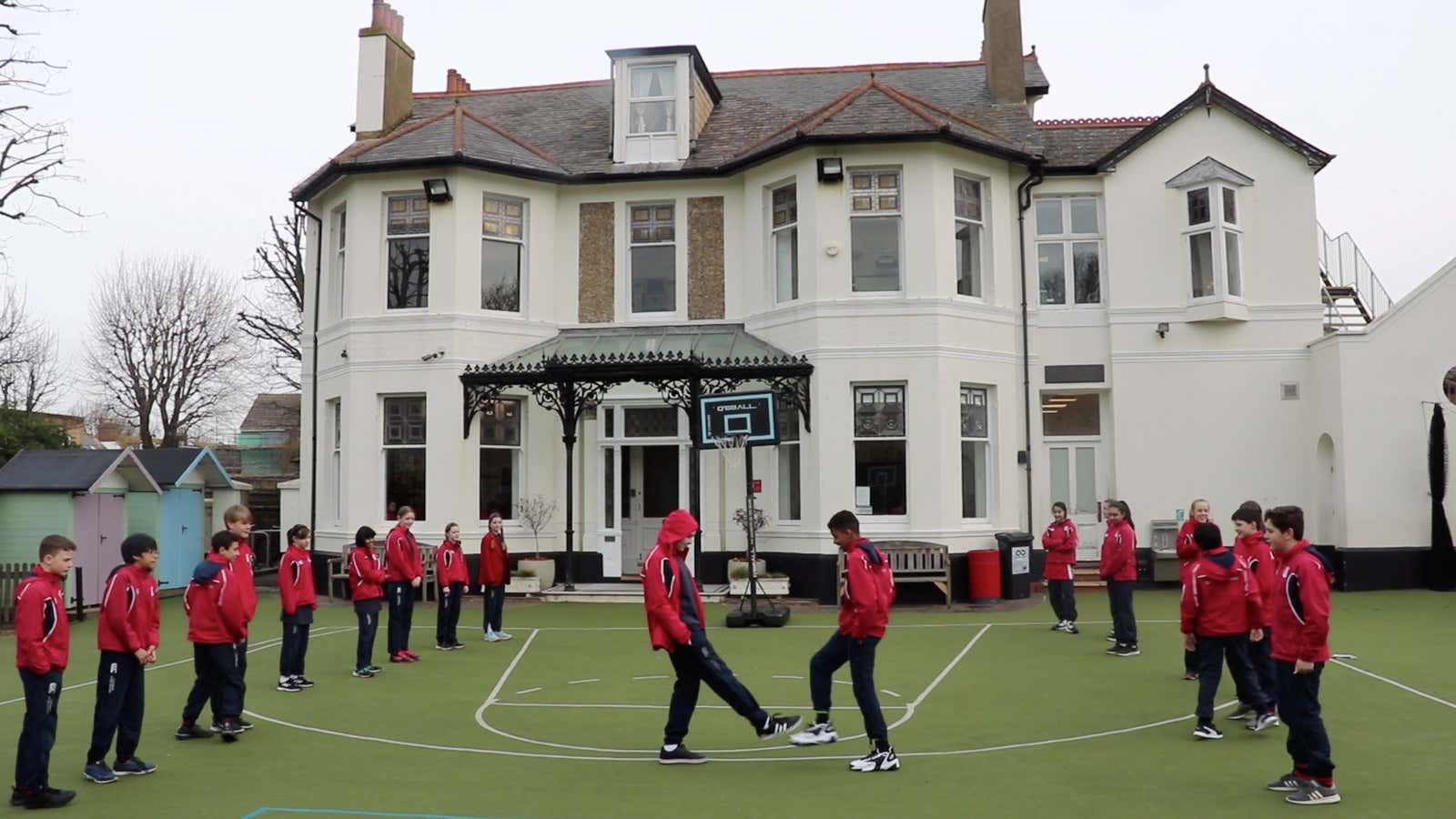Last week, Boris Johnson held a press conference and announced new measures to tackle Covid-19. People who developed symptoms, however mild, were advised to stay home for seven days. Those over 70 were told not to take cruises, and schools were advised against international trips. The government was considering banning major public events, but did not do so. Schools, pubs and restaurants stayed open, in a major deviation from other countries around the globe. “So the most dangerous period is not now but some weeks away depending on how fast it spreads,” Johnson said.
On Monday (March 16) the government dramatically changed course. Anyone with a fever or persistent cough was told to stay home for seven days if they live alone, and 14 days if they live with others. If one person in a household displays symptoms, all family members stay home for 14 days (family quarantine). People were told to stop non-essential contact with others, with a special emphasis on those over 70, those with underlying health conditions and pregnant women. The population was told to work from home if possible, avoid pubs and restaurants and theaters, and stop unnecessary travel. Schools would remain open, for now anyways.
A key piece of evidence in the change was a new paper from Neil Ferguson, a professor at Imperial College’s MRC Centre for Global Infectious Disease Analysis, which analyzed data from Italy, and the staggering toll the epidemic is taking on its health serviceIt found 30% of those hospitalized are now requiring intensive care. The paper highlighted two strategies: “mitigation, which focuses on slowing but not necessarily stopping epidemic spread – reducing peak healthcare demand while protecting those most at risk of severe disease from infection, and (b) suppression, which aims to reverse epidemic growth, reducing case numbers to low levels and maintaining that situation indefinitely.”
The MRC Centre calculated that a mitigation strategy (last week’s approach) would lead to 260,000 deaths from the virus and from other illnesses which would be harder to treat, a number that was deemed untenable. The government chose to move from mitigation to suppression, with the new measures in place.
Schools
One key difference between Britain and the rest of the world is schools. Currently schools in the UK remain open, unlike China, much of the US, Italy, France and Spain, among others. The decision whether to close them is a tricky one. Keeping kids in school risks transmission among them and into the home; but sending them home puts grandparents at risk as they often have to take care of them. Also, kids don’t do well with quarantine and continue to interact in the community, and millions of parents have to stay home.
The Imperial paper, released yesterday, highlights that with school closures, household contact rates for student families increase by 50% and contacts in the community rise by 25%.
As Lucy Powell, a British member of parliament said on Twitter, “There’s pressure about school closures but if the evidence says it’s ok to keep them open there are good reasons to. Inter-generational childcare is a big problem. Not just health workers who can’t stay at home with kids, but delivery drivers, food suppliers, ventilator makers.”
But parents and teachers are taking matters into their own hands, with some choosing to keep kids home and some schools advising they will stay open as long as they have the staff to do so. Powell added that clarity on when they might close would be very helpful. “Increasingly staff and parents either choosing not to or can’t attend schools. I think some greater clarity about when and for how long schools will close would help give confidence.”
In 2008, Zia Sadique, a professor in health economics at the London School of Hygiene and Tropical Medicine, estimated the cost to the UK system of closing schools. He found that 16% of the overall workforce would be primary caregivers for dependent children, and thus absent. Notably, the estimate was 30% for the health and social care sector, as a large proportion of the workforce were women. Costs were tallied at £0.2 billion – £1.2 billion per week. “School closure is likely to significantly exacerbate the pressures on the health system through staff absenteeism,” he concluded.
A separate paper (also from 2009) in the US by Beate Sander from the Institute of Health Policy Management and Evaluation at the University of Toronto estimated a high economic cost of school closure of about 6% of GDP, assuming people lost 2.5 days per week for affected households and five days per week for teachers during school closure.
Jennifer Nuzzo, a senior scholar at the Johns Hopkins Center for Health Security recently wrote in the New York Times that if schools close, they have to do it at the right time. “For true effectiveness, schools need to close before even 1 percent of the population is infected and they need to stay closed until the epidemic is over, which could mean months. Children couldn’t gather in other settings, which would be very difficult to enforce.”
Patrick Vallance, the government’s chief scientific adviser, echoed that sentiment on Monday, saying schools in the UK are set to close “when the time is right.” “Measures may be necessary including to think about school closures,” he said. “But things need to be done at the right time, in the right way and at the right stage of the outbreak.”
While the policy on schools is different, keeping people home is not. And Johnson pointed out it was a dramatic ask, even if the rest of the world is doing it. “This is a very substantial change in the way people are being asked to live their lives. I can’t think of anything like it in my lifetime.”
All measures, including school policy, will be re-evaluated every day, he added. Based on the dramatic turn of events so far, everyone will no doubt stay tuned.
